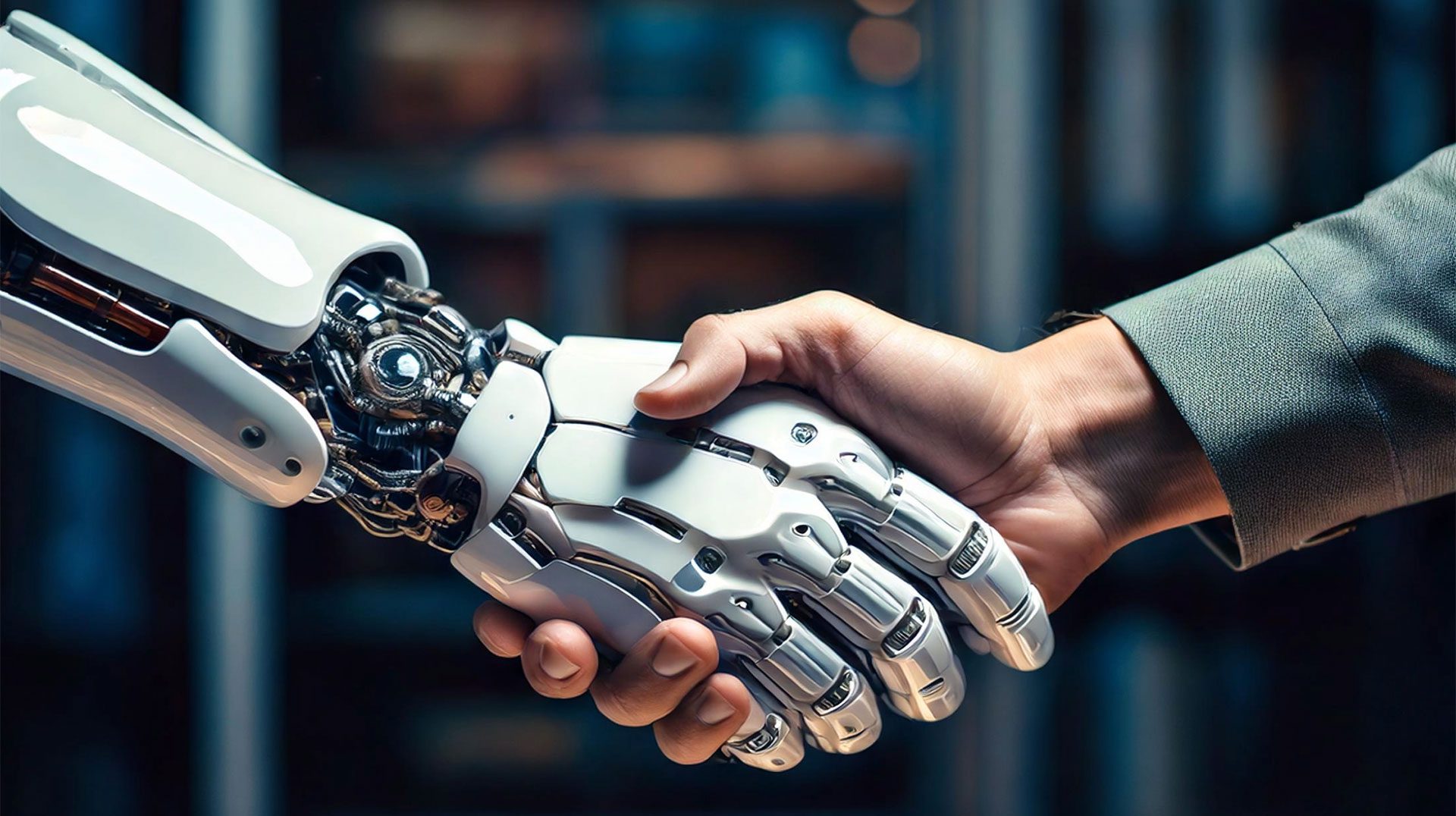Artificial intelligence (AI) is changing the way businesses operate, and process redesign is one area where AI is making a significant impact. AI-powered process redesign is enabling companies to streamline their operations, improve efficiency, and increase productivity.
In essence, most AI deployments aim to automate routine tasks and augment human workers’ capabilities. This results in higher efficiency by producing better outcomes. AI-powered process redesign takes this a step further by rethinking how tasks are performed in a business process. By automating and optimizing processes, AI can help companies to reduce costs, increase throughput, and deliver better outcomes.
One of the key advantages of AI-powered process redesign is that it can uncover hidden inefficiencies and bottlenecks that are difficult to detect using traditional process improvement methods. AI algorithms can analyze large datasets to identify patterns and trends that can reveal where processes can be optimized or automated. For example, AI can analyze customer data to identify common complaints or issues and suggest improvements to the customer service process.
Another advantage of AI-powered process redesign is that it can help companies create more personalized customer experiences. By analyzing customer data, AI can identify patterns in customer behavior and preferences, allowing companies to tailor their products and services to meet the needs of individual customers.
This can improve customer satisfaction and retention, leading to increased revenue and profitability. AI can also be used to optimize supply chain processes. For example, AI algorithms can analyze inventory levels, delivery times, and supplier performance data to identify opportunities to streamline the supply chain and reduce costs. This can lead to faster delivery times, improved quality control, and increased profitability.
Of course, AI-powered process redesign is not without its challenges. One of the main challenges is ensuring that the AI algorithms are transparent and explainable. This is particularly important when making decisions that affect people’s lives, such as hiring or credit decisions. Companies need to ensure that their AI systems are fair, transparent, and accountable, and that they can explain how decisions are made.
Another challenge is ensuring that employees are trained and equipped to work with AI systems. AI-powered process redesign may require new skills and training, and companies need to ensure that their employees are equipped to work effectively with AI.
In conclusion, AI-powered process redesign is an exciting development that is helping companies optimize their processes and improve efficiency. By automating and optimizing business processes, AI is enabling companies to reduce costs, increase throughput, and deliver better outcomes. While there are challenges to overcome, the potential benefits of AI-powered process redesign are enormous, and companies that embrace this technology are likely to gain a competitive advantage in their industry.




